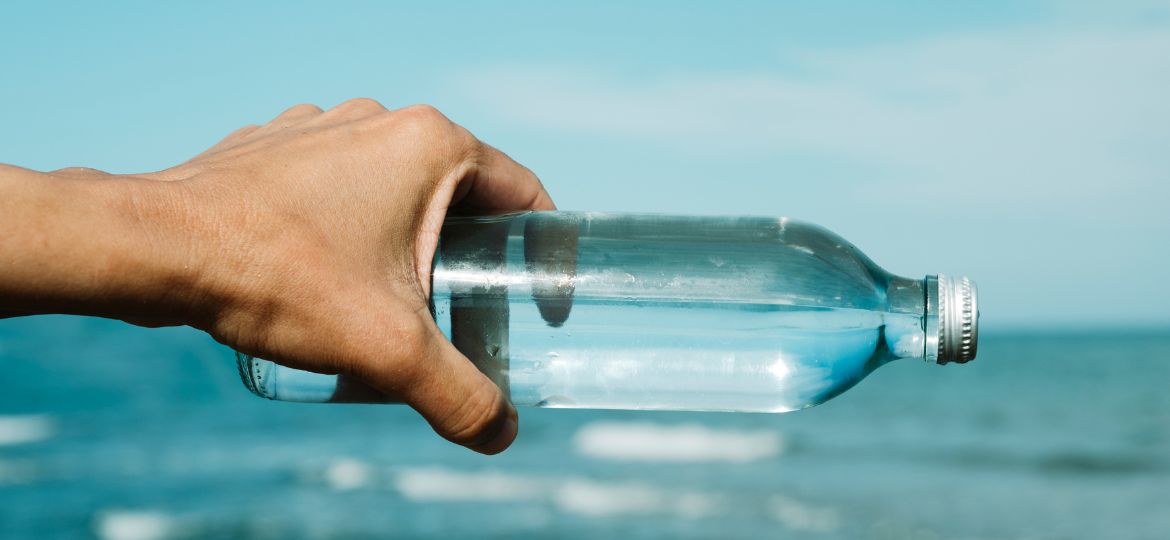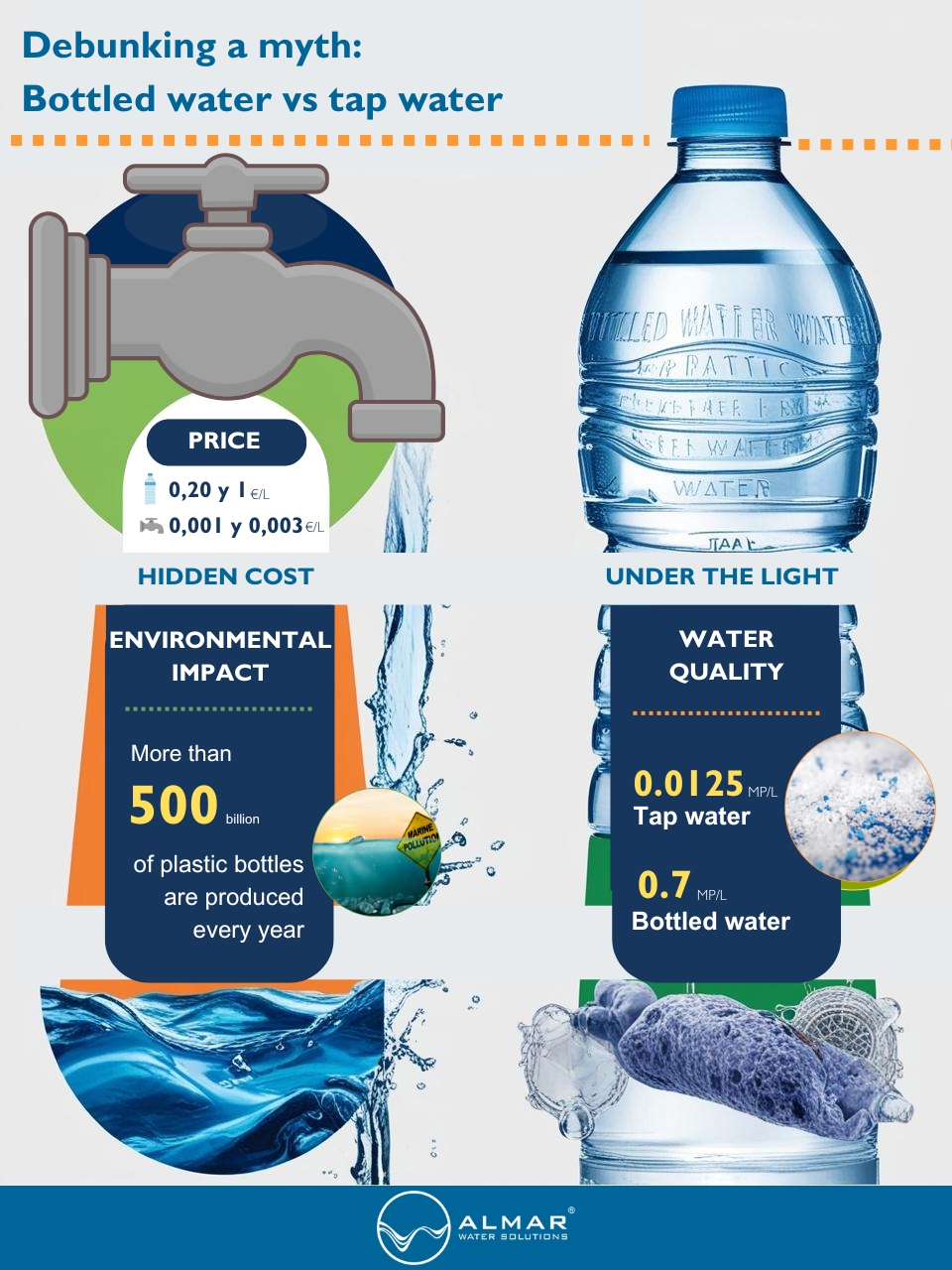
Debunking a Myth: Bottled Water vs. Tap Water
The quality of the water we consume is often surrounded by preconceived notions, personal preferences, and, in many cases, myths. When comparing bottled water to tap water, we enter a debate that intersects economics, sustainability, and health. The widespread perception that bottled water is purer and safer has fueled a multi-billion-dollar industry. But is this belief accurate, or is it just a myth?
Bottled water is marketed as a high-purity product, often accompanied by imagery of pristine mountains or idyllic springs. However, many commercial brands source their water from municipal supplies, adding additional filtration or mineralization processes. In some cases, bottled water is not significantly different from tap water, and most of the time, it undergoes fewer quality controls than municipal water. On the other hand, public water systems must adhere to stringent microbiological and chemical standards, ensuring their safety and quality.
The preference for bottled water over tap water doesn’t have a universal answer, as it depends on factors such as region, infrastructure quality, lack of public sources, and individual needs. However, it’s crucial to dispel the notion that bottled water is inherently superior.
The Price: A Stark Economic Contrast
Bottled water is, on average, 500 to 3,000 times more expensive than tap water. In countries like Spain, tap water costs between €0.001 and €0.003 per liter, whereas bottled water can range from €0.20 to €1 per liter.
A striking example is desalinated water, a critical technology in water-scarce regions. In Spain, producing desalinated water costs between €0.40 and €0.80 per cubic meter (1,000 liters), equivalent to less than €0.001 per liter. Comparatively, a 500ml bottle priced at €0.50 translates to €1,000 per cubic meter, highlighting the enormous commercial margins in this industry.
Environmental Impact: A Hidden Cost
The production and distribution of bottled water have a significant environmental footprint. According to recent studies, over 500 billion plastic bottles are produced annually, yet only 9% are effectively recycled. The plastic used in bottles takes hundreds of years to decompose, with many ending up in landfills or the ocean.
Additionally, producing one liter of bottled water can require up to three liters of water, considering the manufacturing and bottling process. This is especially concerning in water-stressed regions, where bottling plants exacerbate water scarcity.
In contrast, tap water is distributed through pipeline systems that minimize environmental impact. Choosing tap water, where safe, is a simple yet effective way to reduce our environmental footprint.
Quality: Under the Microscope
The belief that bottled water is safer is not always supported by data. A study published in Scientific Reports by EnviroPlaNet compared the concentration of microplastics in bottled water and tap water.
The findings showed that while polyesters are present in both samples, their abundance is lower in tap water. The average concentration of microplastic particles (MP) in bottled water was 0.7 MP/L, compared to 0.0125 MP/L in tap water.
Although the concentration of microplastics is significantly higher in bottled water, the amount ingested is unlikely to cause adverse effects due to the minimal total weight consumed. Nevertheless, governments and regulatory bodies should promote cleaner sources, such as tap water, which is cost-effective, environmentally friendly, and generates less plastic waste.
Tap Water: A Choice with Impact
Almar Water Solutions plays a pivotal role in reshaping how we perceive and manage the planet’s most vital resource. In the context of the bottled vs. tap water debate, we provide key solutions to enhance the quality, accessibility, and sustainability of potable water.
One of the biggest challenges in encouraging tap water consumption is ensuring consistent supply quality. Almar Water Solutions develops, finances, and operates innovative infrastructure, such as desalination, water reuse, and treatment plants. Coupled with a focus on sustainability and innovation, these efforts help dispel the perceived superiority of bottled water and build trust in tap water consumption.
Tap water, often underestimated, offers a safe, economical, and environmentally responsible alternative to bottled water. While the bottled water industry will continue to grow, driven by increasing demand in emerging markets and marketing strategies promoting luxury and quality, sustainable solutions are gaining ground, signaling a shift in public perception. Choosing tap water and supporting sustainable initiatives is a critical step toward preserving our most precious resource: water.
In a world increasingly concerned with sustainability, opting for tap water when it is safe to drink is a conscious and responsible decision. This choice reduces plastic consumption, lowers our carbon footprint, and encourages the use of sustainable infrastructure. Every glass of tap water is an opportunity to care for the planet and build a more sustainable future—a choice that makes a difference.


